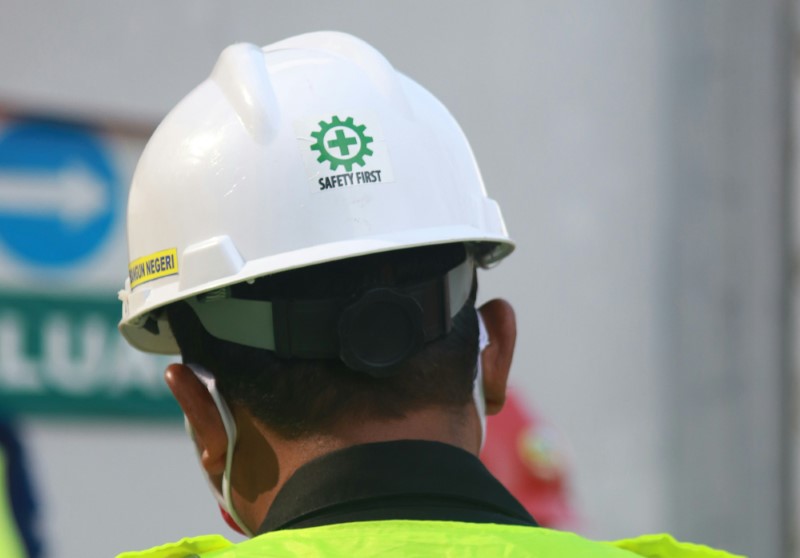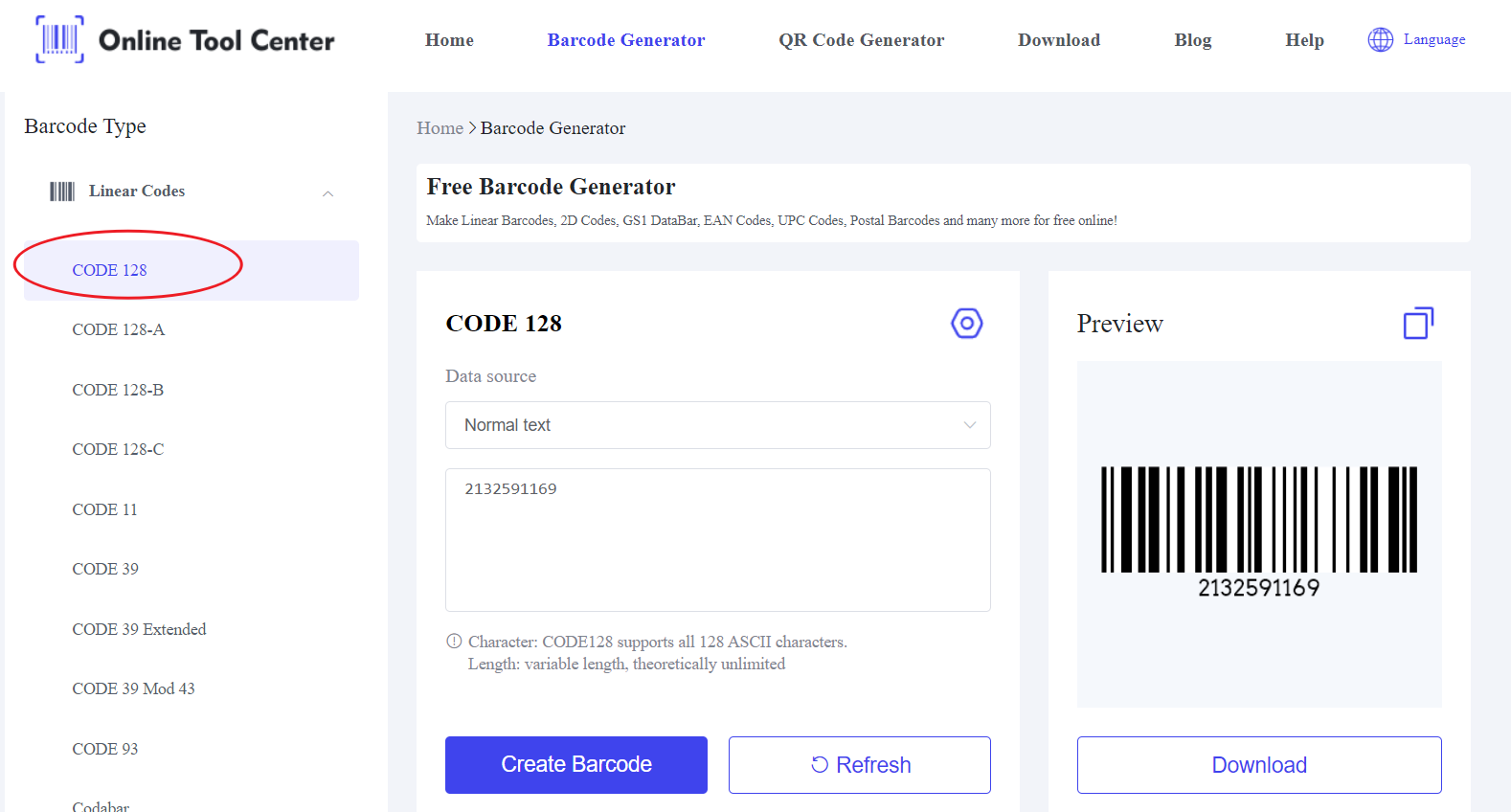The Role of Hard Hat Barcode Numbers in Safety Management
In high-risk environments like construction sites and industrial settings, ensuring worker safety is a top priority.
Personal protective equipment (PPE) such as hard hats plays a vital role in protecting workers from serious injuries.
However, the effectiveness of this protection depends not only on wearing the right gear but also on properly managing and tracking it. This is where the hard hat barcode number becomes essential.

What is a Hard Hat Barcode Number?
A hard hat barcode number is a unique identifier assigned to each hard hat, typically embedded in a barcode affixed to the helmet.
The barcode contains critical information such as the manufacturer, production date, model number, and sometimes the expiration date. This data helps safety managers ensure that all hard hats used on the job site are in good condition and compliant with safety regulations.
When a hard hat's barcode is scanned, it provides immediate access to its history, including when it was issued, inspected, and any instances of replacement. This tracking system helps prevent the use of expired or damaged hard hats, significantly reducing the risk of workplace accidents due to faulty equipment.
Ensuring Compliance with Hard Hat Barcodes
In industries where safety is heavily regulated, using hard hat barcodes is crucial for maintaining compliance. Safety authorities often conduct inspections to ensure that all protective equipment meets the required standards.
By using a barcode system, companies can easily demonstrate that their hard hats are properly maintained and within their serviceable life.
For example, safety standards such as the American National Standards Institute (ANSI) and Occupational Safety and Health Administration (OSHA) require that hard hats be replaced if they are damaged or after a certain period, even if no visible wear is present.
The hard hat barcode system facilitates this by allowing safety officers to quickly check the status of each helmet, ensuring that only compliant equipment is in use.
Streamlining Inventory Management with Hard Hat Barcodes
Hard hat barcodes are not just about safety, they also streamline inventory management. In large companies with hundreds or thousands of employees, managing PPE can be a logistical challenge.
Manual tracking is time-consuming and prone to errors. Barcodes automate this process, making it easier to track and manage PPE inventory efficiently.
When issuing a hard hat to a new employee, the hard hat barcode number is recorded along with the employee's details. This creates a digital record that helps safety managers monitor who is using which helmet when it was issued, and when it should be inspected or replaced.
This system ensures that all employees have access to safe and compliant gear, and it reduces the risk of loss or misuse of equipment.
Example: The Benefits of Implementing Hard Hat Barcodes
Let's consider a real-world scenario where a construction company implemented hard hat barcode numbers.
Before the system was in place, the company faced challenges in keeping track of its PPE inventory. Workers were sometimes using helmets that were beyond their expiration dates, and it was difficult to provide accurate records during safety audits.
After implementing the barcode system, each hard hat was assigned a unique barcode. This barcode was linked to a centralized database that tracked the hard hat's lifecycle from issuance to disposal.
The company saw immediate benefits: safety inspections became more efficient, the risk of using non-compliant helmets was reduced, and the company was able to easily demonstrate compliance with safety regulations during audits.
This system also helped in managing recalls or safety alerts. When a manufacturer issued a recall for a specific batch of helmets, the company could quickly identify which helmets were affected and remove them from use, ensuring that only safe equipment was available to workers.
The Future of Hard Hat Barcodes: Beyond Basic Tracking
As technology advances, the methods for tracking and managing safety equipment will also evolve. One promising development is the integration of RFID (Radio-Frequency Identification) with hard hat barcode numbers.
Unlike traditional barcodes, RFID tags can be read from a distance and can store more detailed information, further enhancing the efficiency of inventory management and safety tracking.
Moreover, the use of barcode generators allows companies to create custom barcodes tailored to their specific needs.
These tools make it easy to incorporate additional data, such as inspection records or employee assignments, into the barcode system. This level of customization ensures that every piece of PPE is documented and tracked according to the company's unique requirements.
To sum up, the hard hat barcode number is more than just a label, it's a vital component in managing safety and compliance in any industrial or construction setting.
By implementing a hard hat barcode system, companies can ensure that their workers are protected by properly maintained and compliant equipment. This not only reduces the risk of workplace accidents but also simplifies the process of regulatory compliance and inventory management.
For companies looking to implement such a system, using a barcode generator is an excellent starting point.

With the right barcode generator, you can create a robust tracking system that keeps your workers safe and your operations compliant with industry standards.





